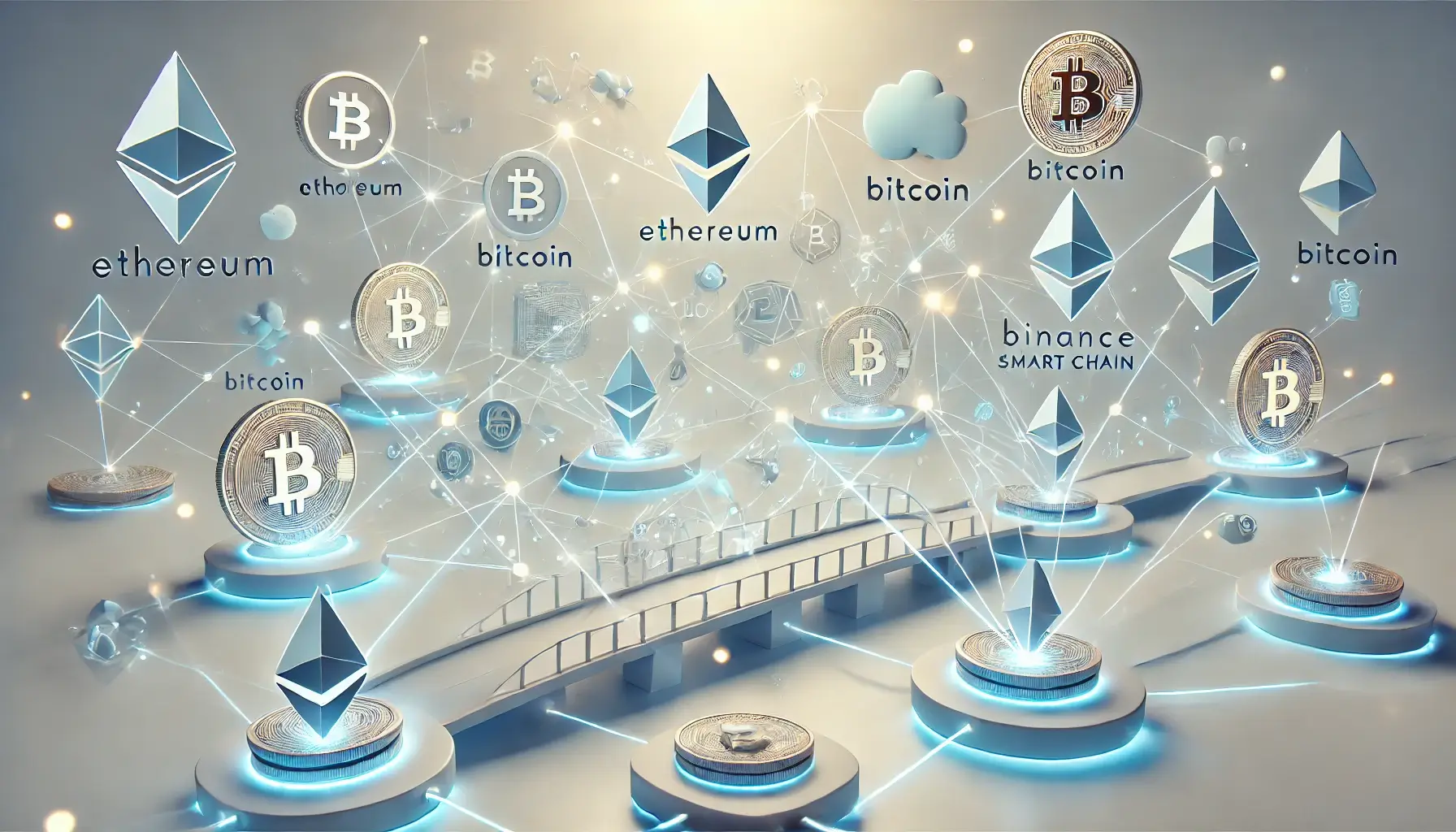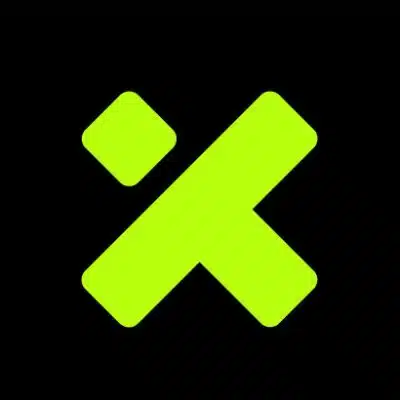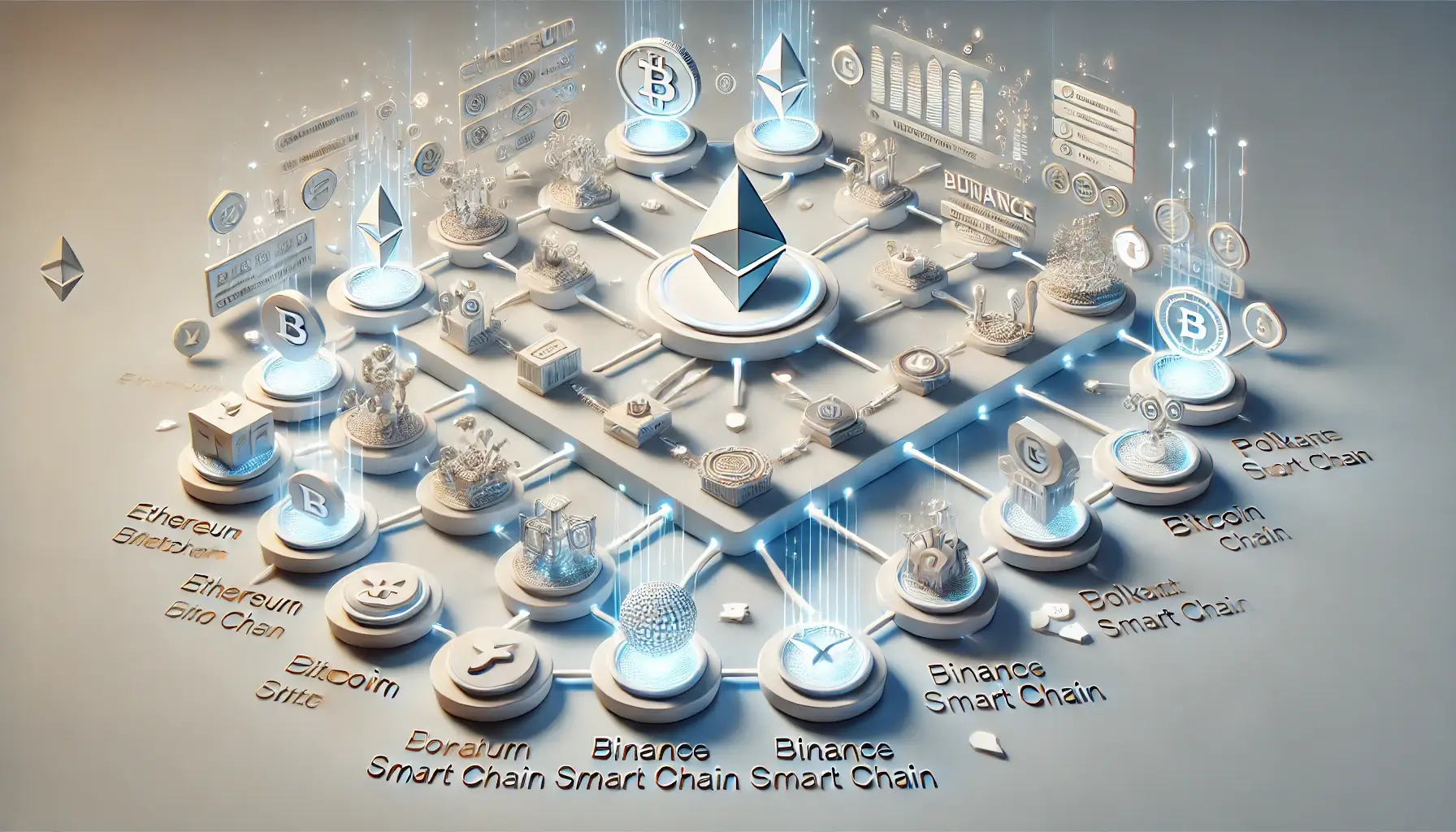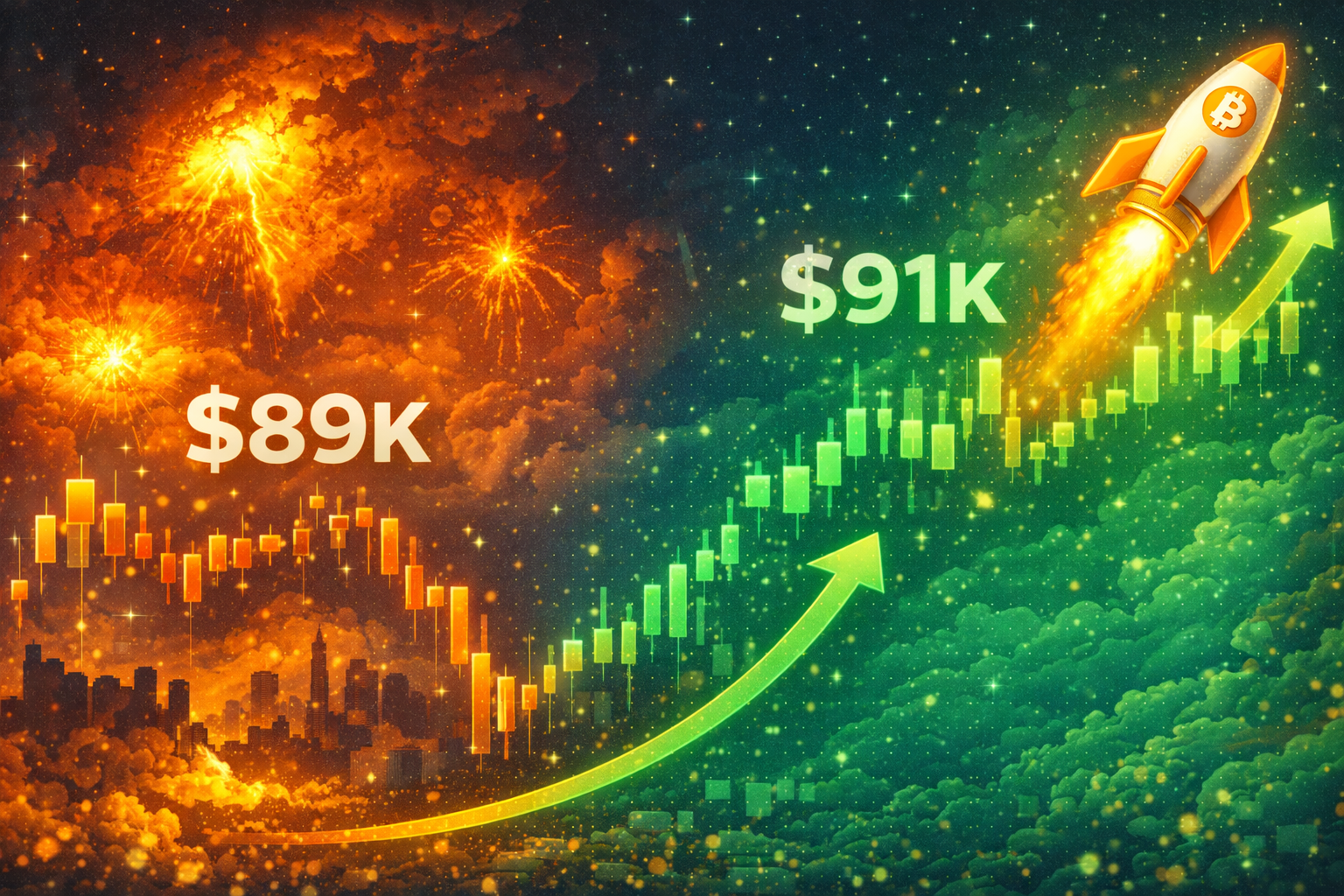Gas fees are a fundamental component of blockchain transactions, especially in networks like Ethereum. These fees can be a significant hurdle during times of network congestion. Blockchain relayers offer a solution by managing these gas fees efficiently, making transactions smoother and more cost-effective.
What are Blockchain Relayers?
Blockchain relayers act as intermediaries that facilitate transactions on behalf of users while managing gas fees. They play a crucial role in decentralized networks by ensuring that transactions are executed efficiently without users needing to worry about fluctuating gas fees.

How Do Blockchain Relayers Work?
Blockchain relayers work by taking on the responsibility of submitting transactions to the blockchain on behalf of users. Here’s a detailed breakdown of their functioning:
- Transaction Submission:
- User Action: Users first create and sign a transaction using their private keys. Instead of submitting this transaction directly to the blockchain, they send it to a relayer.
- Relayer Role: The relayer receives the signed transaction, taking on the responsibility of its submission. This step offloads the burden of directly interacting with the blockchain from the user.
- Gas Fee Management:
- Optimal Calculation: The relayer calculates the optimal gas fee required for the transaction. This involves determining the right amount of gas to ensure the transaction is processed efficiently without overpaying.
- Market Monitoring: Relayers continuously monitor the network’s gas fee market to optimize costs. This allows them to submit transactions when fees are lower, saving costs for users.
- Transaction Broadcasting:
- Submission to Blockchain: The relayer submits the transaction to the blockchain, paying the gas fee upfront. This ensures that the transaction is included in the next block without delay.
- Upfront Payment: By paying the gas fee upfront, relayers help prevent transaction failures due to insufficient gas fees, ensuring smoother and more reliable execution.
- Reimbursement:
- User Repayment: Depending on the relayer’s model, users may reimburse the relayer for the gas fees either immediately or through a pre-agreed service fee. This can be done by including the gas fee in the transaction amount or through a separate payment mechanism.
- Service Fee: Some relayers charge a service fee for their convenience and optimization services, ensuring they cover their operational costs while providing value to users.
Benefits of Using Blockchain Relayers
- Cost Efficiency
By managing gas fees, blockchain relayers help reduce the overall cost of transactions. They can aggregate multiple transactions and optimize gas usage, leading to significant cost savings. This is particularly beneficial during times of high network congestion when gas fees can skyrocket.
- Transaction Speed
Relayers can expedite transactions by paying the optimal gas fees required to ensure quick processing. This reduces the time users have to wait for their transactions to be confirmed. By constantly monitoring the network, relayers can choose the best times to submit transactions, ensuring faster execution.
- User Convenience
Using a relayer simplifies the transaction process for users. They do not need to monitor gas fees constantly or understand the complexities of gas calculations, making blockchain more accessible to non-technical users. This convenience lowers the barrier to entry for new users and enhances the overall user experience.
Real-World Applications of Blockchain Relayers
Decentralized Finance (DeFi)
In the DeFi space, blockchain relayers enhance the efficiency of transactions involving multiple protocols and platforms. They ensure that users can interact with various DeFi services without worrying about high gas fees or slow transaction times. Examples of relayers in the DeFi space include:
- Gas Station Network (GSN): GSN allows dApp users to interact with Ethereum-based dApps without needing to hold Ether for gas fees, enhancing user experience.
NFT Marketplaces
Relayers play a significant role in NFT marketplaces by managing gas fees during the minting, buying, and selling of NFTs. This helps artists and collectors engage more seamlessly with the NFT ecosystem. For instance:
- Biconomy: Biconomy provides gas-efficient solutions for NFT platforms, enabling seamless user experiences without high gas fees.
- Cross-Chain Transactions
Blockchain relayers facilitate cross-chain transactions by handling the complexities of gas fees and ensuring that transactions are executed smoothly across different blockchains. This is particularly important for platforms that operate in multi-chain ecosystems. Examples include:
- Thorchain: Thorchain allows for cross-chain liquidity and trading by acting as a decentralized liquidity network.
- RenVM: RenVM enables the seamless transfer of assets between different blockchains, ensuring that users can trade across chains without friction.
Blockchain relayers are transforming the way we handle gas fees and transactions on decentralized networks. By offering cost efficiency, speed, and user convenience, they are making blockchain technology more accessible and practical for everyday use.
As the blockchain ecosystem continues to grow, the role of relayers will become increasingly important in ensuring smooth and efficient transactions across various platforms and networks.
FAQs:
1. What are blockchain relayers?
Blockchain relayers are intermediaries that manage and submit transactions to the blockchain on behalf of users, optimizing gas fees and ensuring efficient execution.
2. How do blockchain relayers work?
They receive signed transactions from users, calculate optimal gas fees, and broadcast the transactions to the blockchain, paying the gas fees upfront.
3. What are the benefits of using blockchain relayers?
Benefits include cost efficiency, faster transaction speeds, and simplified transaction processes for users.
4. Where are blockchain relayers used?
They are used in DeFi, NFT marketplaces, and cross-chain transactions.
















